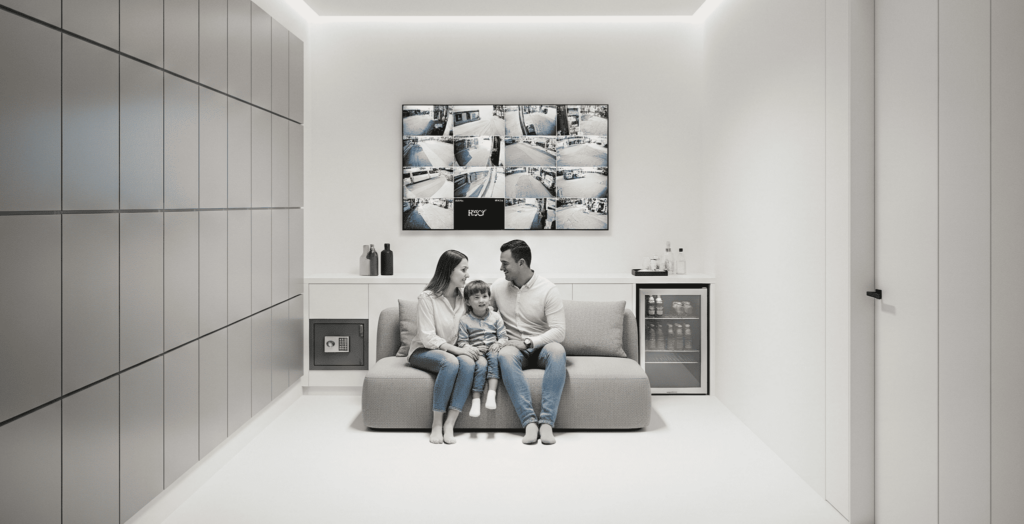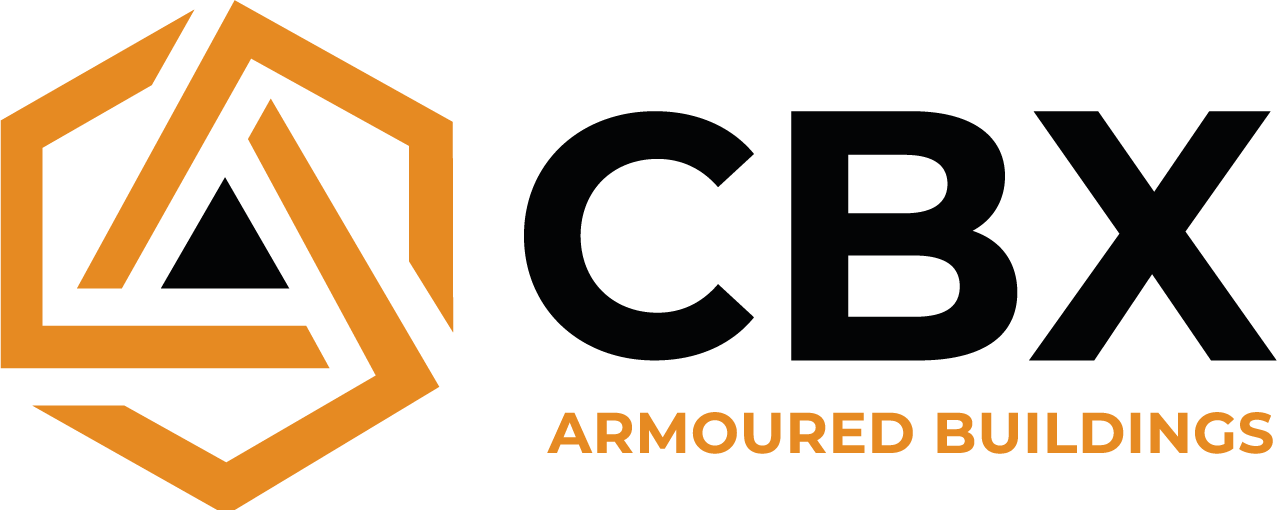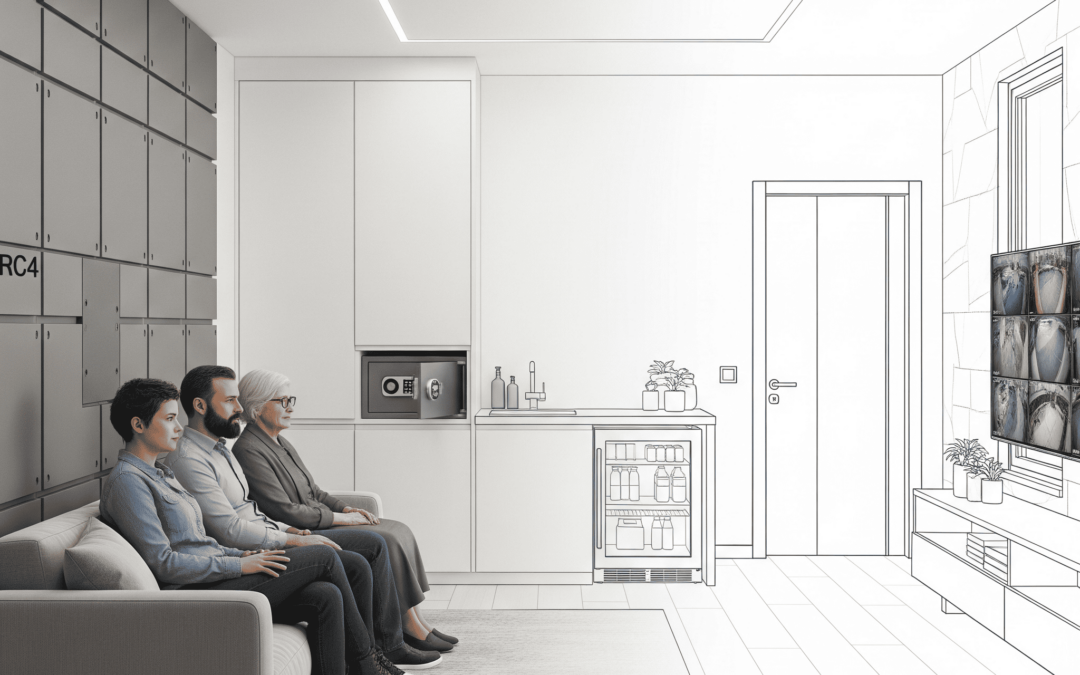Panic room in Germany: Security and Available Options
Imagine that on any given night, in your home in Berlin, you hear suspicious noises on the ground floor. The fear is real and time is of the essence. What would you do if you had a safe, invisible, and resistant space to protect your family until help arrives? The panic rooms in Germany have ceased to be a luxury and have become a tangible necessity in light of the increase in burglaries and risky situations. In this article, you will discover the available options, key regulations, and how to integrate advanced physical security solutions to protect what matters most.
Panic room in Germany: Why are they trending?
In recent years, Germany has experienced a surge in demand for panic rooms and private bunkers. Not only elites are seeking this type of protection: families, businesspeople, and even small businesses are considering installing safe spaces in their homes or premises. The reason is clear: the perception of insecurity has grown, and methods of intrusion are becoming increasingly sophisticated.
The popularity of panic rooms in Germany is even reflected in the sale of modular solutions in supermarkets and hardware stores. From hidden rooms to pop-up shelters, the offering is varied and adapts to different budgets and needs. However, the real difference between a simple reinforced room and an effective panic room lies in compliance with security regulations and the integration of certified products.
Key Regulations for Panic Rooms in Germany
A common mistake is to think that any closed, reinforced space serves as a panic room. In reality, true security depends on complying with specific European regulations, such as RC4/EN1522 for resistance to intrusion and EN1522/EN1063 for bullet protection. These certifications ensure that doors, windows, and panels withstand violent attacks, firearms, or even controlled explosions.
For example, the RC4 regulation requires that elements withstand attempts to break in with heavy tools for at least 10 minutes, while EN1522 classifies protection against different calibers of weapons. In Germany, complying with these standards is not only advisable but may be a requirement to insure the home or premises with certain insurers.
Furthermore, there are supplementary regulations for fire resistance, explosions, and extreme conditions, which may be relevant depending on the location and intended use of the panic room. Choosing certified products is key to ensuring safety and return on investment.

Real Examples of Panic Rooms in Germany
The German market offers everything from prefabricated solutions to custom projects. A common case is families converting an interior room into a panic room, integrating armored doors certified to RC4 and bulletproof panels hidden behind conventional walls. The result: a discreet space, with autonomous ventilation and emergency communication, capable of withstanding attacks for the necessary time until the police arrive.
In rural areas or chalets, it is common to install high-security shutters on windows and access points, combined with remote closing systems and surveillance cameras. These elements not only reinforce the panic room but also act as active deterrents against intrusion attempts.
Companies and businesses, for their part, opt for modular panic rooms that can be dismantled or moved according to business needs. Flexibility is essential, but always under the umbrella of European regulations and with high-resistance materials.
What Security Products Complement a Panic Room?
The effectiveness of a panic room in Germany depends on the quality of the elements that make it up. At CBX Security, we recommend combining the following certified products:
- Armored doors such as the CBX-60, with resistance to intrusion and bulletproof options.
- High-security shutters like Diamond BL X-Treme, ideal for protecting access points and windows.
- Modular bulletproof panels, which allow creating reinforced walls or ceilings discreetly.
- Bulletproof windows like the High Baix Series, combining aesthetics with maximum protection.
The integration of these products not only increases physical security but also reduces the risk of personal and material damage, enhances the perception of family safety, and can increase property value. Additionally, maintenance is minimal, and the lifespan of the materials exceeds 20 years under normal conditions.
How to Choose and Install a Panic Room in Germany
The first step is to conduct a personalized risk analysis: what threats are most likely in your area? How long could it take for the police to arrive? How many people need to take refuge? With these answers, a physical security specialist can design a panic room in Germany tailored to your needs, selecting certified materials and systems.
The installation should be discreet and quick, avoiding drawing attention from outsiders. At CBX Security, we offer turnkey solutions, from planning to integrating communication and autonomous ventilation systems. Our products comply with the most stringent European regulations and can be integrated into new or existing homes without major construction.
If you are looking for real peace of mind and effective protection, contact us for a personalized consultation. We will help you choose the best panic room option in Germany, with measurable guarantees and specialized technical support.

